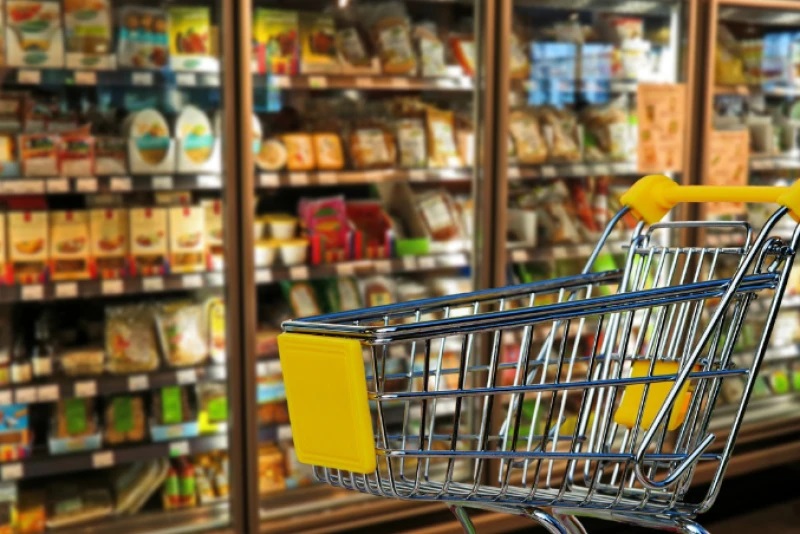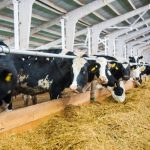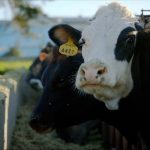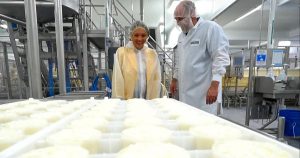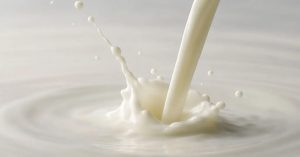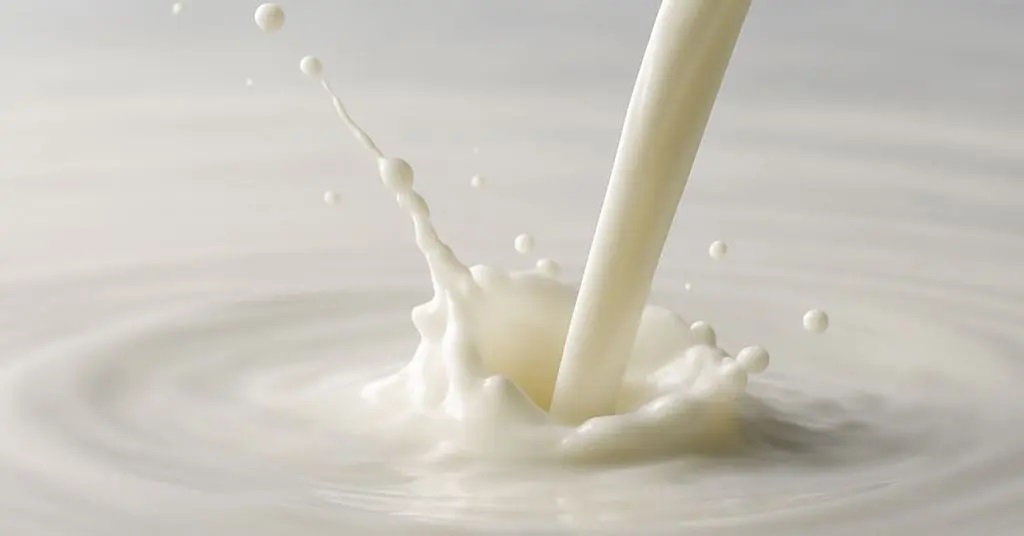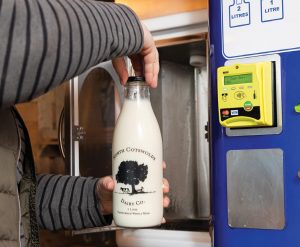
Tariffs have been dominating the news, and the uncertainty of the impact of those tariffs on dairy export demand.
The strong exports of butterfat and the difference between the world price and the U.S. price may minimize the impact for that category.
Tariffs have been dominating the news, and the uncertainty of the impact of those tariffs on dairy export demand. For the present, it seems the only impact of certainty is China. Tariffs on U.S. imports have been implemented across the board. China is the largest importer of whey, whey protein concentrate +80, and lactose from the U.S., and could have a significant impact on those prices. Whey is a significant part of the Class III milk price calculation. It will be interesting to see whether increased demand may come from other countries.
Butterfat Exports Surge Amid Global Price Gap
Butterfat exports have increased dramatically recently, with February increasing by 5,979 metric tons or 224.5% over February 2024. Butterfat exports in February totaled 8,642 metric tons. This is the biggest monthly exports since April 2014. The reason for this is that the U.S. price is substantially under the world price.
The latest Global Dairy Trade auction showed an average butter price of $3.45 per pound. This compares with the butter price of $2.3475 per pound on April 11th. But not only does that show a large difference, making it attractive to international buyers, but the average price of butter in Oceania in March was $7,548 per metric ton or $3.43 per pound compared to $7,294 per metric ton in February. The average price in March 2024 was $6,465 per metric ton or $2.94 per pound. There are a total of 14 countries that are within Oceania. These 14 countries include Australia, Papua New Guinea, New Zealand, Fiji, the Solomon Islands, Federated States of Micronesia, Vanuatu, Samoa, Kiribati, Tonga, the Marshall Islands, Palau, Tuvalu, and Nauru.
The average butter price for Western Europe was $8,103 per metric ton or $3.68 per pound, compared to $7,563 per metric ton in February. The average price in March 2024 was $6,302 per metric ton or $2.86 per pound. The Western European countries consist of Belgium, Germany, France, Liechtenstein, Luxembourg, Monaco, Netherlands, Austria, and Switzerland. With these substantially higher prices, any tariffs that may be implemented on countries may not make much difference due to the price difference, or even if dairy products are included in the tariffs.
Low Milk Prices Could Prompt Cow Culling
The lower milk prices that we will see may increase the culling of dairy cows in the months to come. Cows have been held due to the higher heifer prices and the high values being received for calves. However, low milk prices will cause producers to push the pencil to determine which cows are making money at lower milk prices. Culling has been below the previous year for the past 18 consecutive months, with cow numbers in February totaling 9.41 million head. This was 62,000 head more than February 2024. We may see cow numbers pull back in the near term.
You can now read the most important #news on #eDairyNews #Whatsapp channels!!!
🇺🇸 eDairy News INGLÊS: https://whatsapp.com/channel/0029VaKsjzGDTkJyIN6hcP1K
